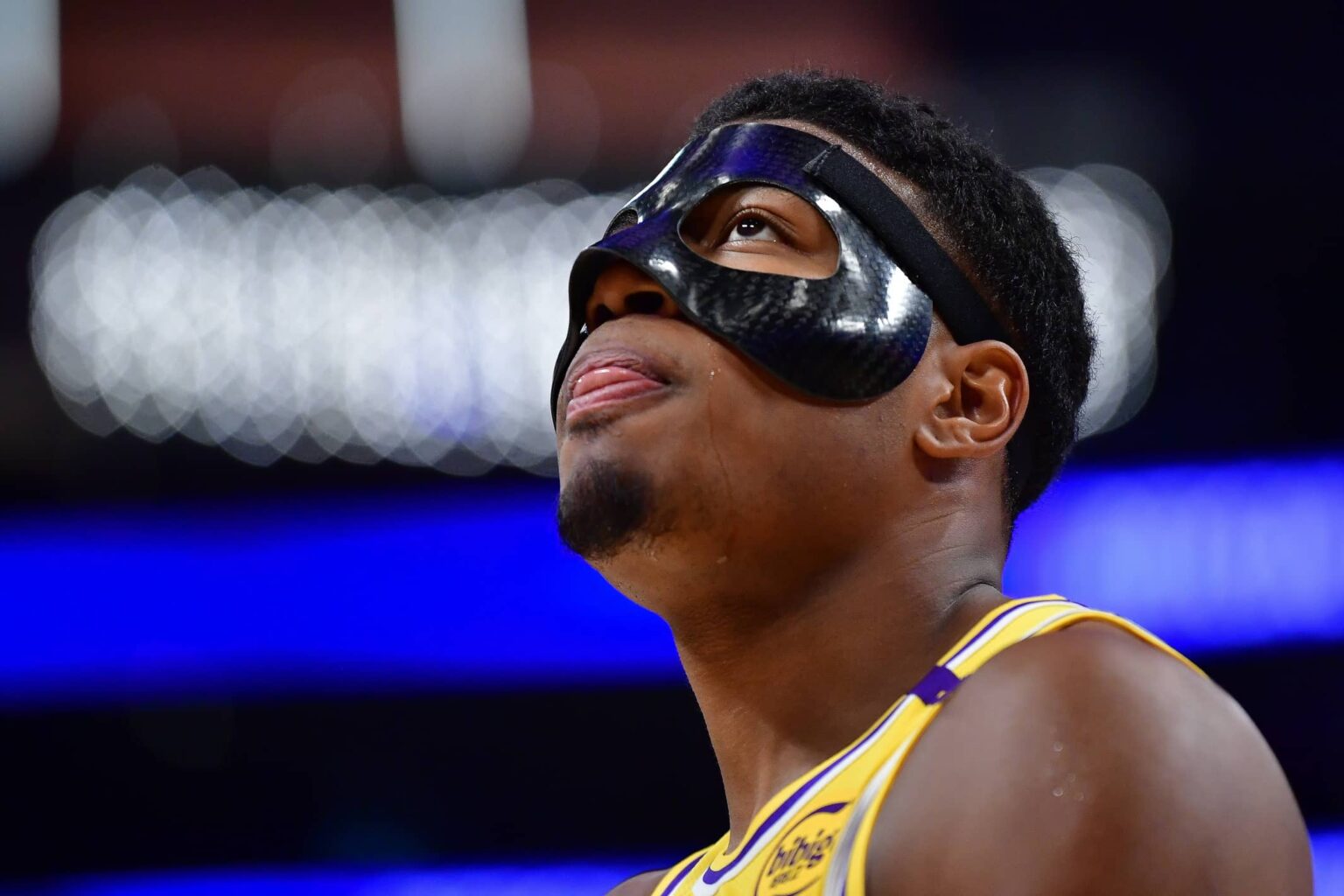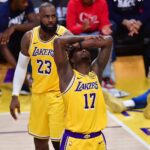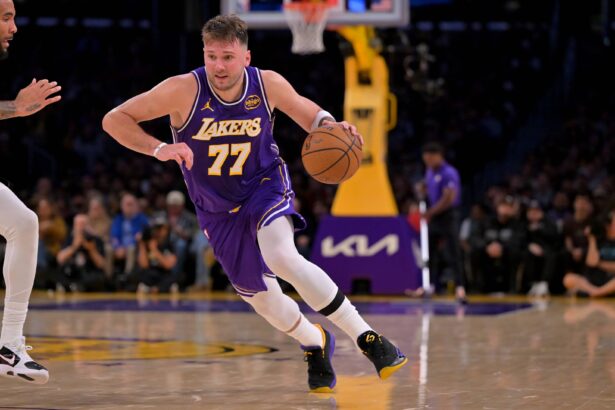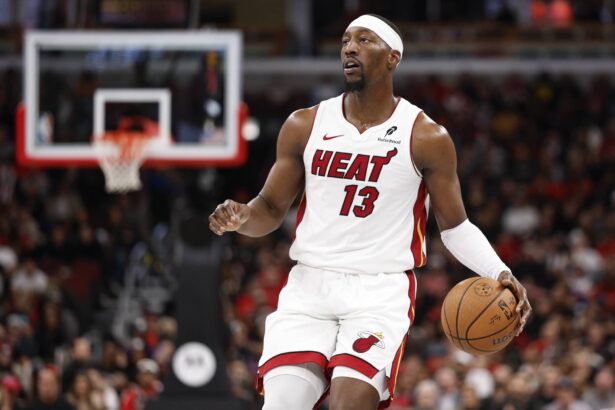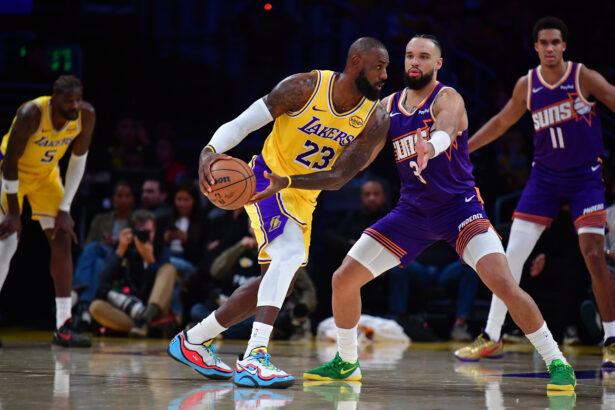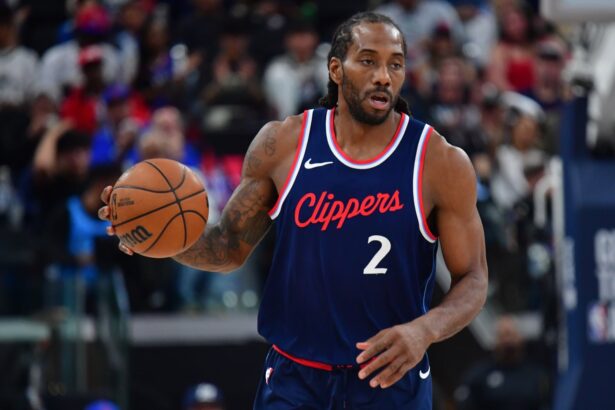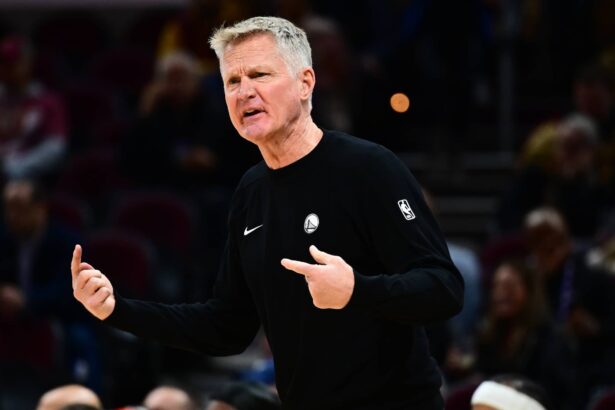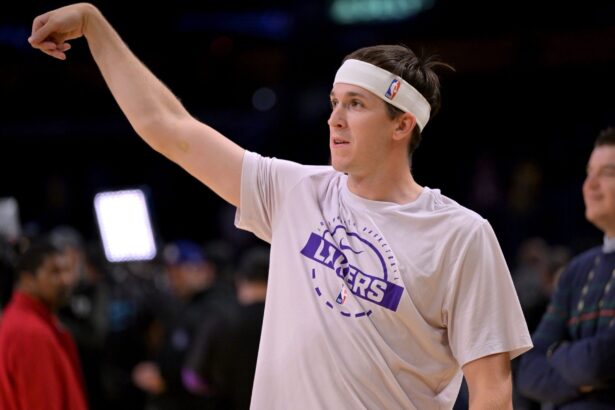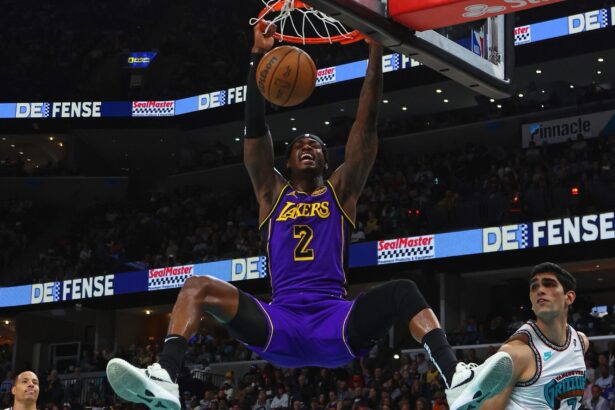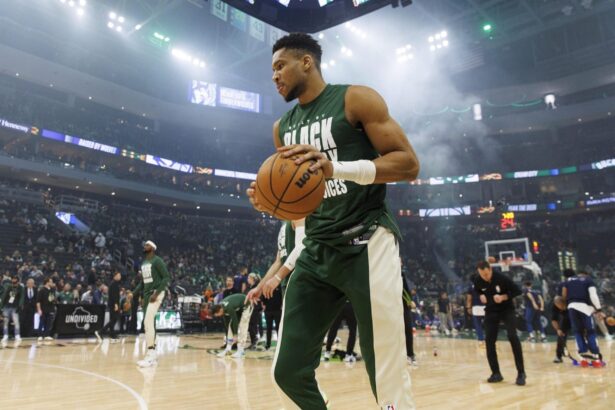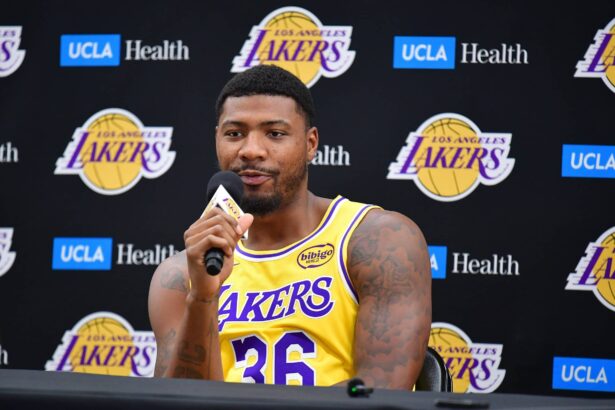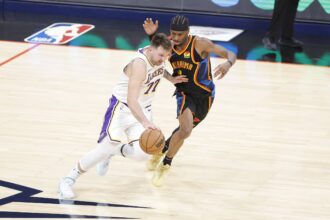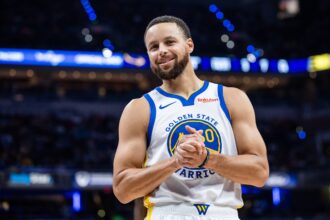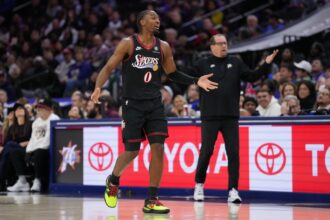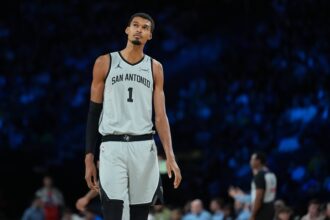Rui Hachimura didn’t call out Los Angeles Lakers head coach JJ Redick by name, but his words after the team’s elimination in Game 5 left little doubt, he was frustrated by the lack of rebounding help, and perhaps by the system that allowed the Minnesota Timberwolves to dominate the glass all series long.
Speaking to reporters after the 103–96 loss that ended the Lakers’ season, Hachimura laid it out plainly:
“I mean, you guys can see the score. We didn’t get the rebound. We need somebody to get rebounds. I gotta be one of them. You know, start more engaging in the rebounds, of course. I can’t just be face-to-face boxing up Gobert the whole game.”
“That’s the whole thing. I can’t. He’s 7’2″, 7’5″ wingspan, whatever. He’s a big man. And the problem was, I think, because we helped, covered, put on two guys, and the other guy, diving into the offensive rebound, and it’s easy. And it’s not only him.”
“Gobert is not the only guy that can get rebounds for them. Most of all the starting five, except Mike Conley, can get a rebound. So, that was the game.”
The numbers back up Hachimura’s frustration. The Lakers were out-rebounded in three of their four losses, and their worst performances on the glass coincided with their most damaging defeats.
In Game 1, the Lakers were routed 117–95. They were outrebounded 44–38 overall, even though they grabbed more offensive boards (13–11). The issue wasn’t just quantity—it was quality. Minnesota’s rebounds led to more efficient second-chance opportunities and better floor balance.
Game 2 was the Lakers’ lone win of the series, and not coincidentally, the only time they controlled the rebounding battle. Los Angeles outrebounded Minnesota 41–34, including a 9–9 tie on the offensive glass. It was their most physical effort of the series.
In Game 3, the rebounding was even at 38 apiece. The Lakers again had more offensive boards (9–7), but Minnesota pulled away late for a 116–104 win. The Lakers’ defensive breakdowns meant they constantly needed help inside, leaving them out of position for rebounds.
Game 4 was where the series broke. The Timberwolves dominated the offensive glass 18–11 and won the overall rebounding battle 49–41. Despite a close 116–113 final score, the second-chance points Minnesota generated proved decisive.
Game 5 was the nail in the coffin. With their season on the line, the Lakers were absolutely crushed on the glass. Minnesota out-rebounded them 54–37 and once again grabbed 18 offensive rebounds to the Lakers’ nine. Gobert delivered a playoff career-high 27 points and 24 rebounds, including nine offensive boards.
Jaxson Hayes averaged only 7.8 minutes in the four games he played, offering minimal resistance in the paint. Without a reliable rim protector or physical rebounder, the Lakers were left scrambling. Redick’s defensive scheme involved heavy help on drives due to the Lakers’ inability to contain perimeter blow-byes. But that meant constant rotations and scrambling, which opened up the offensive glass for Minnesota.
It wasn’t just Gobert either. Anthony Edwards averaged 8.4 rebounds per game in the series. Jaden McDaniels grabbed 6.4 per night. Even Naz Reid and Julius Randle were relentless in crashing the boards when on the court. Outside of Hachimura, the Lakers simply lacked the size and physicality to match up.
If the Lakers want to maximize Luka Doncic’s prime and whatever LeBron James has left, they’ll need to listen to Hachimura’s words. Getting dominated on the glass in a playoff series is inexcusable. And if they continue to rely on wings and undersized forwards to anchor the paint, this won’t be the last early exit.

